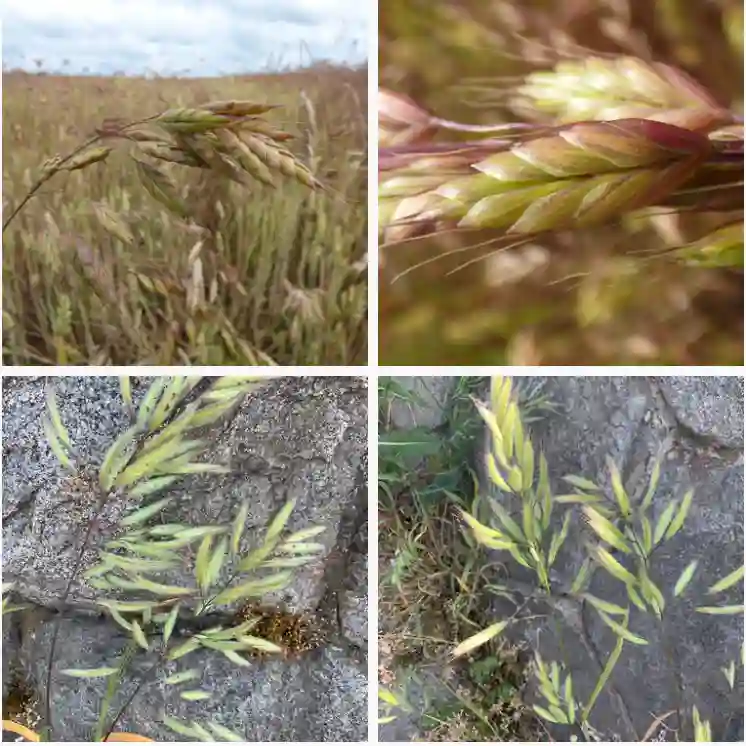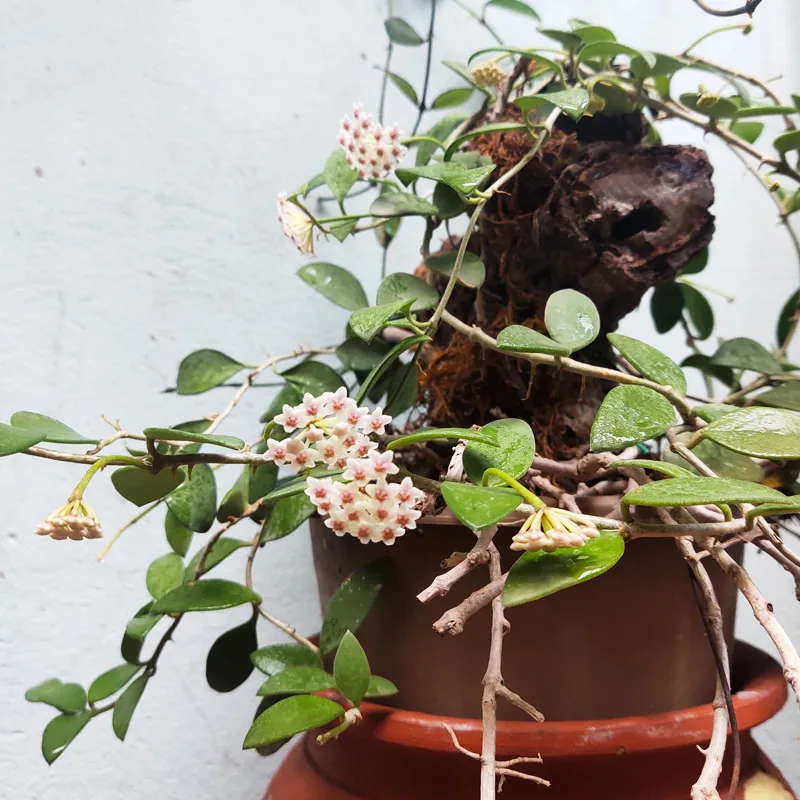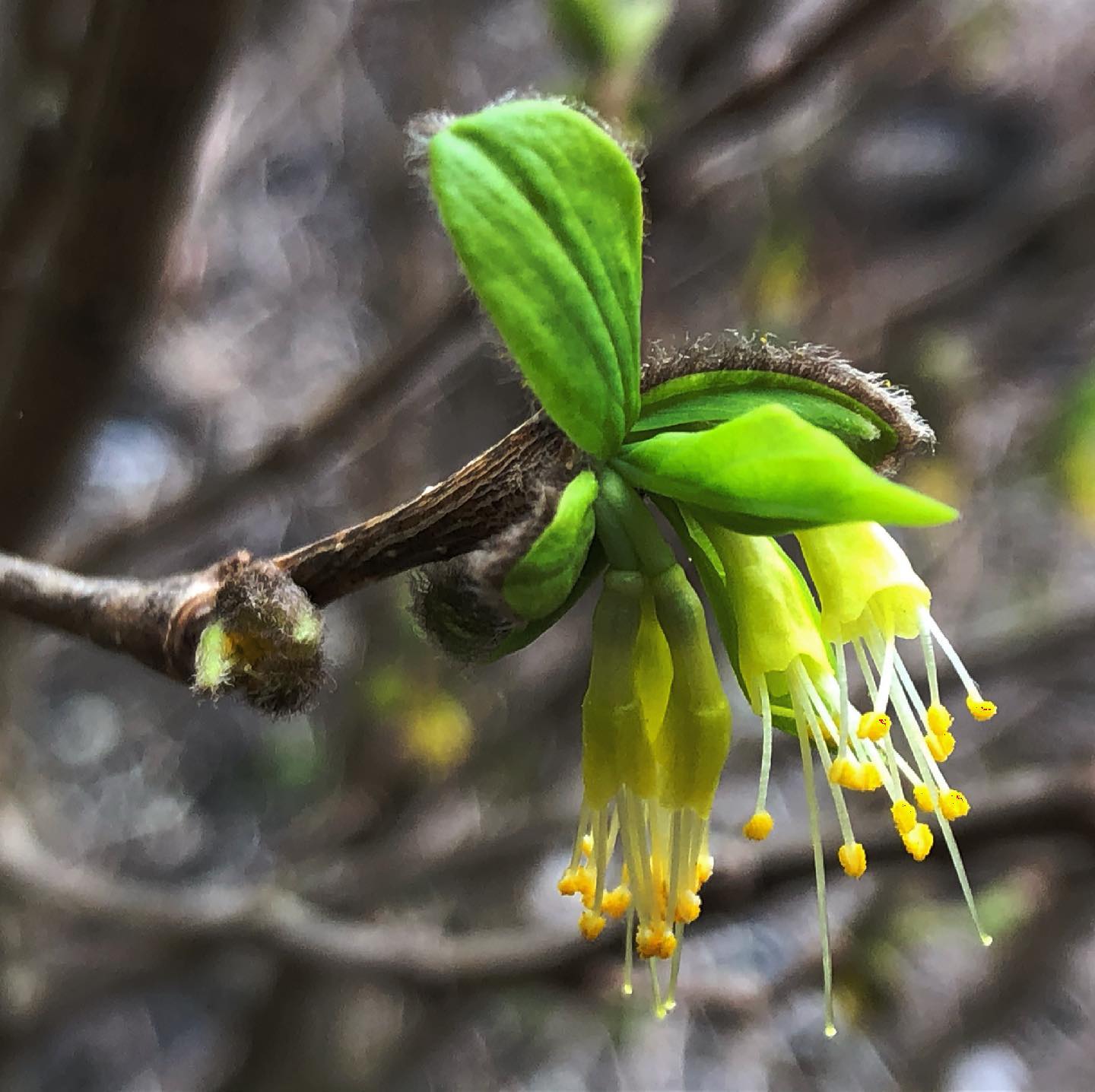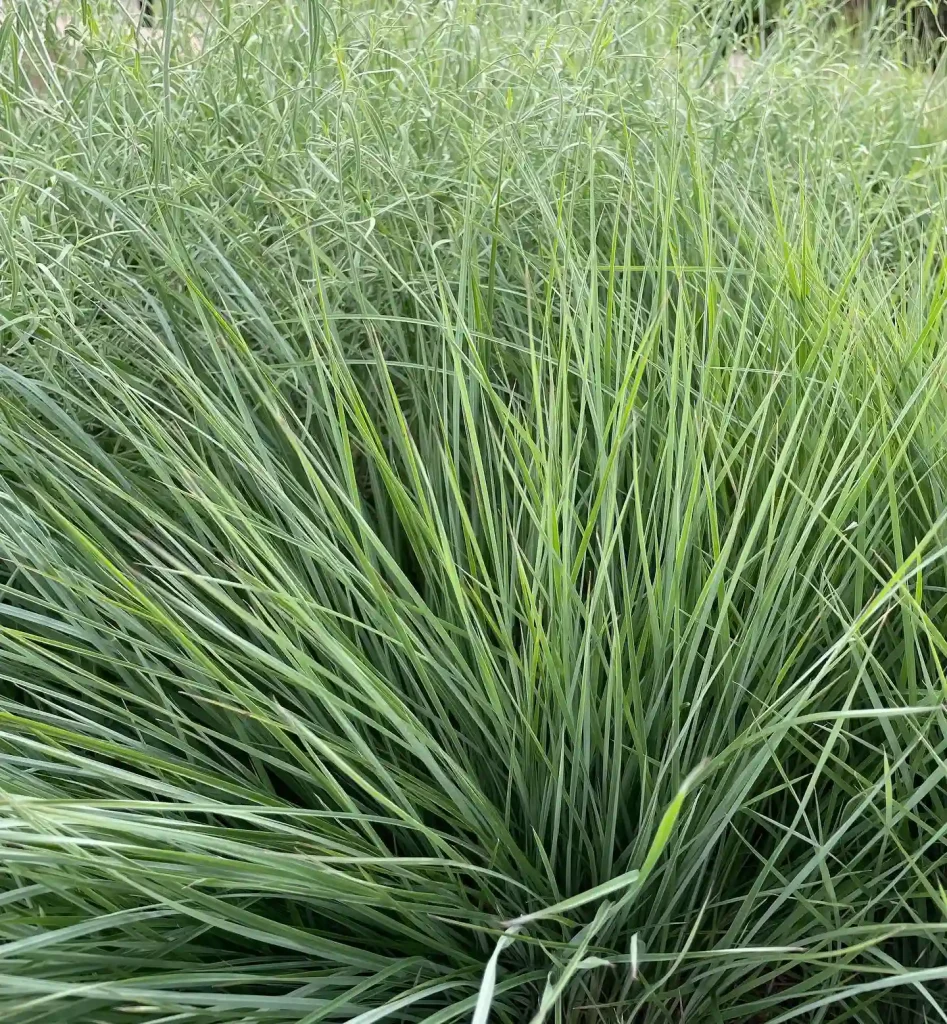What is Victoria Amazonica?
Victoria Amazonica, also known as the Amazon Water Lily, is a striking aquatic plant native to the Amazon Basin. With its enormous, round leaves that can span up to 10 feet in diameter and its stunning, large white to pink flowers, it’s a spectacle of nature. This plant is known for its ability to create a dense, floating mat on water surfaces, which provides crucial habitat for various aquatic creatures in its native environment.
3 Species in Genus Victoria
Where do Victoria Amazonica Grow?
Victoria Amazonica thrives in the warm, shallow waters of the Amazon Rainforest. This extraordinary plant is adapted to the slow-moving rivers and floodplains of the region. The tropical climate, with its consistent warmth and high humidity, creates the perfect conditions for Victoria Amazonica. The plant requires a still water environment with plenty of sunlight to grow and flourish.
How to Grow Victoria Amazonica?
Growing Victoria Amazonica is a fascinating but challenging endeavor. To start, you need a large, shallow pond or water garden that mimics its natural habitat. Here’s a basic guide on how to grow it:
- Water Depth: Ensure the water depth is between 12 to 18 inches.
- Sunlight: Place the pond in full sun to provide the plant with at least 6-8 hours of direct sunlight daily.
- Soil: Use a heavy, clayey soil for planting, as it helps to anchor the plant and supports its growth.
How to Grow Victoria Amazonica from Seed?
Growing Victoria Amazonica from seed requires patience and careful handling. Here’s a step-by-step approach:
- Seed Preparation: Soak the seeds in warm water for about 24 hours to soften the hard outer coating.
- Planting: Plant the seeds in a shallow container filled with a mixture of soil and compost.
- Watering: Keep the soil consistently moist and maintain a warm temperature around 70-85°F (21-29°C).
- Transplanting: Once seedlings are strong enough, they can be transplanted into a larger pond or water garden.
How Does Victoria Amazonica Reproduce?
Victoria Amazonica reproduces both sexually and asexually. The plant produces large, floating flowers that are capable of self-pollination or cross-pollination with other flowers. After pollination, the flowers develop into seeds. Additionally, the plant can reproduce asexually by producing new shoots from the root system, which eventually grow into new plants.
When Does Victoria Amazonica Bloom?
Victoria Amazonica blooms typically from late spring to early fall. The flowers open at night and close during the day. This nocturnal blooming cycle is an adaptation to attract specific pollinators that are active at night.
How Long Does Victoria Amazonica Live?
Victoria Amazonica has a relatively short life cycle compared to other plants. The individual leaves and flowers typically last only a few weeks before they die and are replaced by new growth. However, the plant itself can live for several years, continually producing new leaves and flowers.
What Does Victoria Amazonica Eat?
Victoria Amazonica is an aquatic plant that primarily absorbs nutrients from the water through its roots. It does not consume insects or other organisms. Its diet consists of the minerals and nutrients present in the water and soil of its habitat.
Can Victoria Amazonica Cells Make Their Own Food?
Yes, Victoria Amazonica, like other plants, performs photosynthesis. Its large, flat leaves are excellent for capturing sunlight, which it uses to produce food (glucose) from carbon dioxide and water. This process supports its growth and reproduction.
How Do Victoria Amazonica Adapt to the Rainforest?
Victoria Amazonica has several adaptations to thrive in the rainforest environment. Its large, buoyant leaves are adapted to float on water and capture sunlight efficiently. The plant also has a flexible root system that can anchor in the muddy riverbeds of the Amazon. Additionally, its flowers are adapted to bloom at night to attract nocturnal pollinators.
What Eats Victoria Amazonica?
Victoria Amazonica faces predation from various aquatic herbivores, including fish and insects. However, the plant’s large size and tough, spiny leaves provide some defense against herbivory. Additionally, the plant’s floating leaves help to minimize physical damage from aquatic animals.
How Much Does Victoria Amazonica Cost?
The cost of Victoria Amazonica can vary widely depending on size and source. Small seedlings or young plants can be relatively affordable, while mature plants or those sold as part of a water garden setup can be more expensive. Prices typically range from $50 to several hundred dollars.
Can You Grow Victoria Amazonica Indoors?
Growing Victoria Amazonica indoors is challenging due to its size and the specific conditions it requires. It needs a large, shallow aquarium or water garden with ample sunlight, which can be difficult to provide indoors. Additionally, maintaining the right temperature and water quality can be complex.
How to Care for Victoria Amazonica?
Caring for Victoria Amazonica involves maintaining proper water conditions, ensuring adequate sunlight, and providing space for growth. Regularly monitor water quality, avoid overcrowding, and prune any dead leaves or flowers to promote healthy growth.
Benefits of Victoria Amazonica
Victoria Amazonica is not only a beautiful plant but also serves ecological benefits. It provides habitat for various aquatic organisms, helps in water purification, and adds aesthetic value to water gardens and ponds.
Common Problems with Victoria Amazonica
Common issues with Victoria Amazonica include problems with water quality, such as excessive algae growth, and pest infestations. Regular maintenance and monitoring are crucial to prevent these issues and ensure the plant’s health.
Comparing Victoria Amazonica with Similar Plants
Victoria Amazonica is often compared to other large aquatic plants like the Giant Water Lily (Nymphaea gigantea). While both plants have large, floating leaves, Victoria Amazonica is known for its larger leaf size and unique blooming patterns.
In summary, Victoria Amazonica is a remarkable plant with specific needs and characteristics. Understanding its growth requirements, adaptations, and care can help you appreciate and cultivate this magnificent water lily.
If i die, water my plants!



